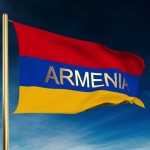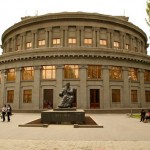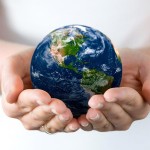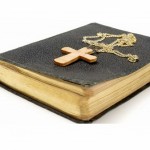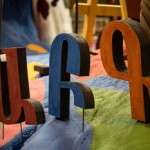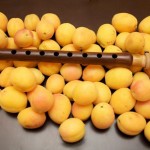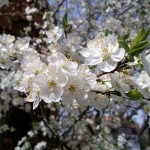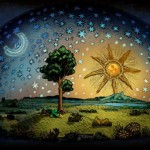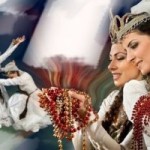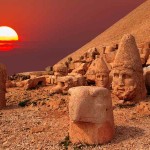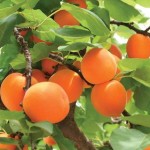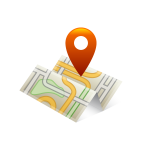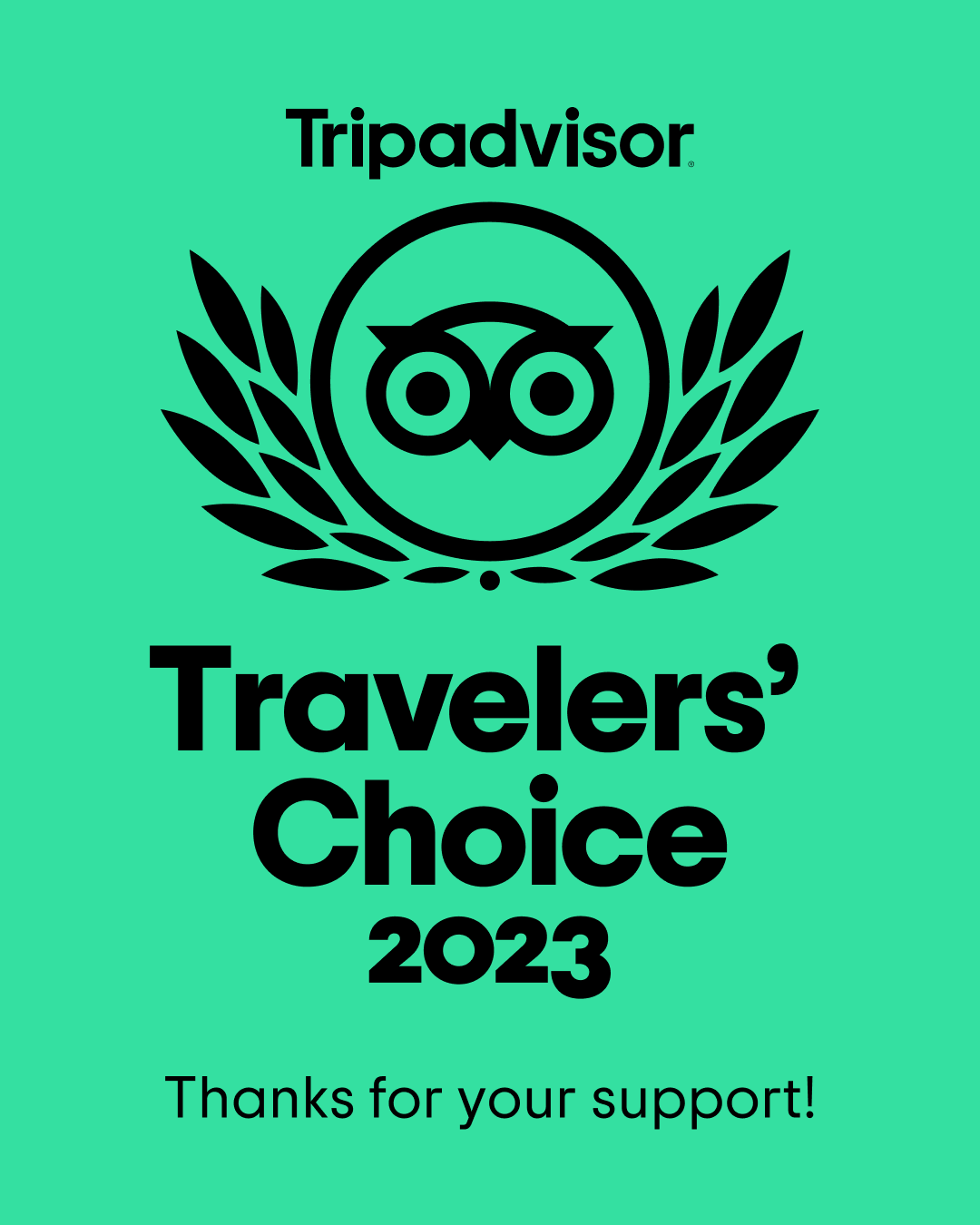
About Nagorno Karabakh Republic (Artsakh)
Comment are off
Country Overview
- Name: Lernayin Gharabaghi Hanrapetutyun
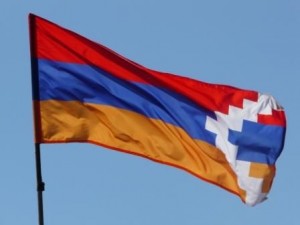 / Nagorno Karabakh Republic (NKR), also known as Mountainous Karabakh, or Artsakh in Armenian.
/ Nagorno Karabakh Republic (NKR), also known as Mountainous Karabakh, or Artsakh in Armenian. - Size: 4457 sq. miles (11500 sq. km)
- Population: 145,000 (2002 est.)
- Language: Hayeren / Armenian (Indo-European language family)
- Ethnic Composition: Over 95% Armenian, 5% minorities
- Religion: Armenian Apostolic Christian, with some Orthodox, Evangelicals and Jews
- Minorities: Assyrians, Kurds, Greeks
- Neighboring States: Armenia, Azerbaijan, Iran.
- Capital: Stepanakert
- Flag: Tricolor, equal stripes of red, blue and orange with white squares.
- National Currency: Dram (abbr. AMD)
- Land: Mostly mountainous
- Largest Towns: Stepanakert, Shushi, Martuni, Mardakert, Hadrout
- Highest Peaks: Mt. Mrav 3,340 m., Mt. Kirs 2,725 m.
- Largest Body of Water: Sarsang Reservoir
- Rivers: Terter, Khachen
Republic of Nagorno Karabakh
Artsakh and in Yerevan were responded by bloody massacres of Armenians in Sumgait and Baku cities in Azerbaijan. These massacres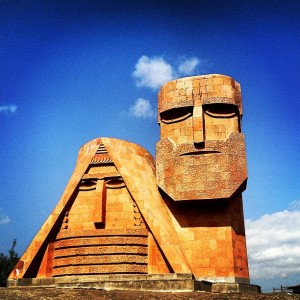 were organized and supported by Azerbaijan government, and these massacres reminded Armenians and the whole world about the Armenian Genocide in Turkey in 1915. Azerbaijan attacked Artsakh, thousands of innocent people were killed and as a result Armenians were forced to undertake defensive measures. Thus the Karabakh war started. As Armenians were protecting their motherland, the whole population of Artsakh was engaged in defense activities. Armenia obviously supported Artsakh in the war. Although Armenian troops were smaller in number, they succeeded to win. In 1994 a ceasefire was signed between Armenia, Armenian forces of Artsakh and Azerbaijan. The ceasefire is maintained up to date. Today’s Nagorno Karabakh (Artsakh) is a de facto independent country which is closely tied to Republic of Armenia. Nagorno Karabakh gets humanitarian assistance fro
were organized and supported by Azerbaijan government, and these massacres reminded Armenians and the whole world about the Armenian Genocide in Turkey in 1915. Azerbaijan attacked Artsakh, thousands of innocent people were killed and as a result Armenians were forced to undertake defensive measures. Thus the Karabakh war started. As Armenians were protecting their motherland, the whole population of Artsakh was engaged in defense activities. Armenia obviously supported Artsakh in the war. Although Armenian troops were smaller in number, they succeeded to win. In 1994 a ceasefire was signed between Armenia, Armenian forces of Artsakh and Azerbaijan. The ceasefire is maintained up to date. Today’s Nagorno Karabakh (Artsakh) is a de facto independent country which is closely tied to Republic of Armenia. Nagorno Karabakh gets humanitarian assistance fro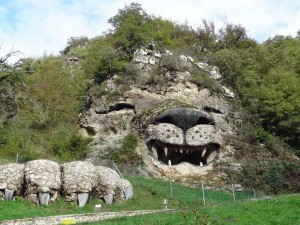 m the United States of America and of course, from Republic of Armenia and Armenian Diaspora. During the past 12 years of peace Artsakh has managed to rehabilitate its economy and social infrastructure, create progressive democratic traditions, reconstruct highways and roads and develop tourism industry. The new young generation that has grown in independent Artsakh consider themselves citizens of an independent and free country and are proud of their parents who have defended it.
m the United States of America and of course, from Republic of Armenia and Armenian Diaspora. During the past 12 years of peace Artsakh has managed to rehabilitate its economy and social infrastructure, create progressive democratic traditions, reconstruct highways and roads and develop tourism industry. The new young generation that has grown in independent Artsakh consider themselves citizens of an independent and free country and are proud of their parents who have defended it.

